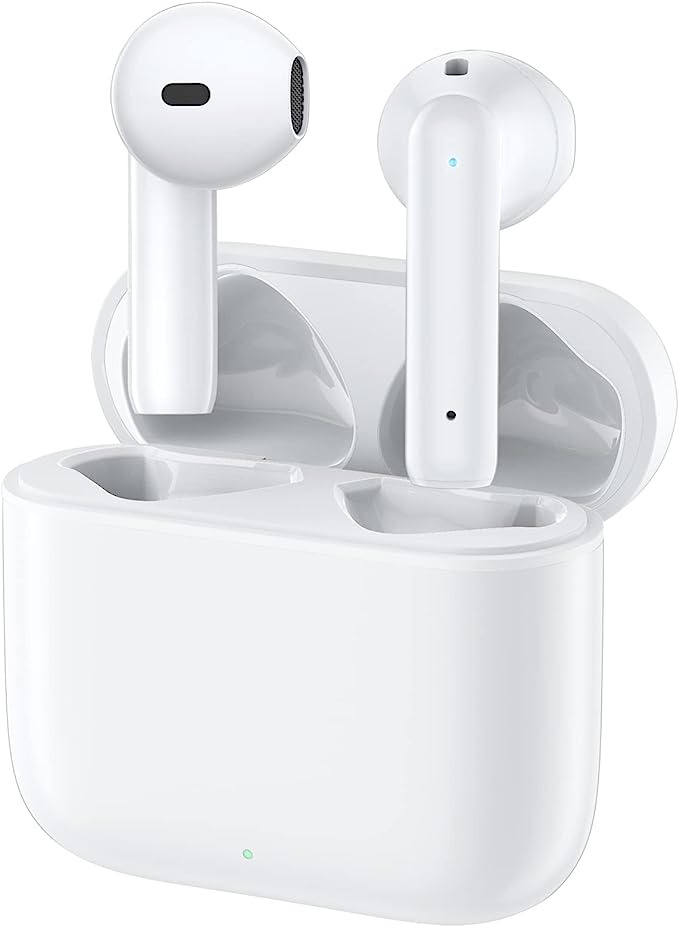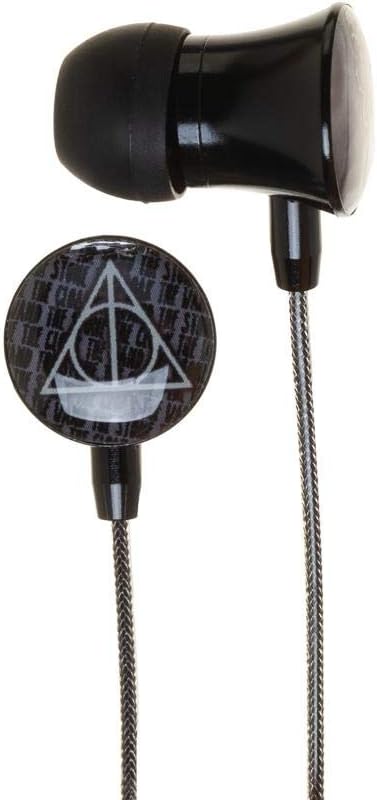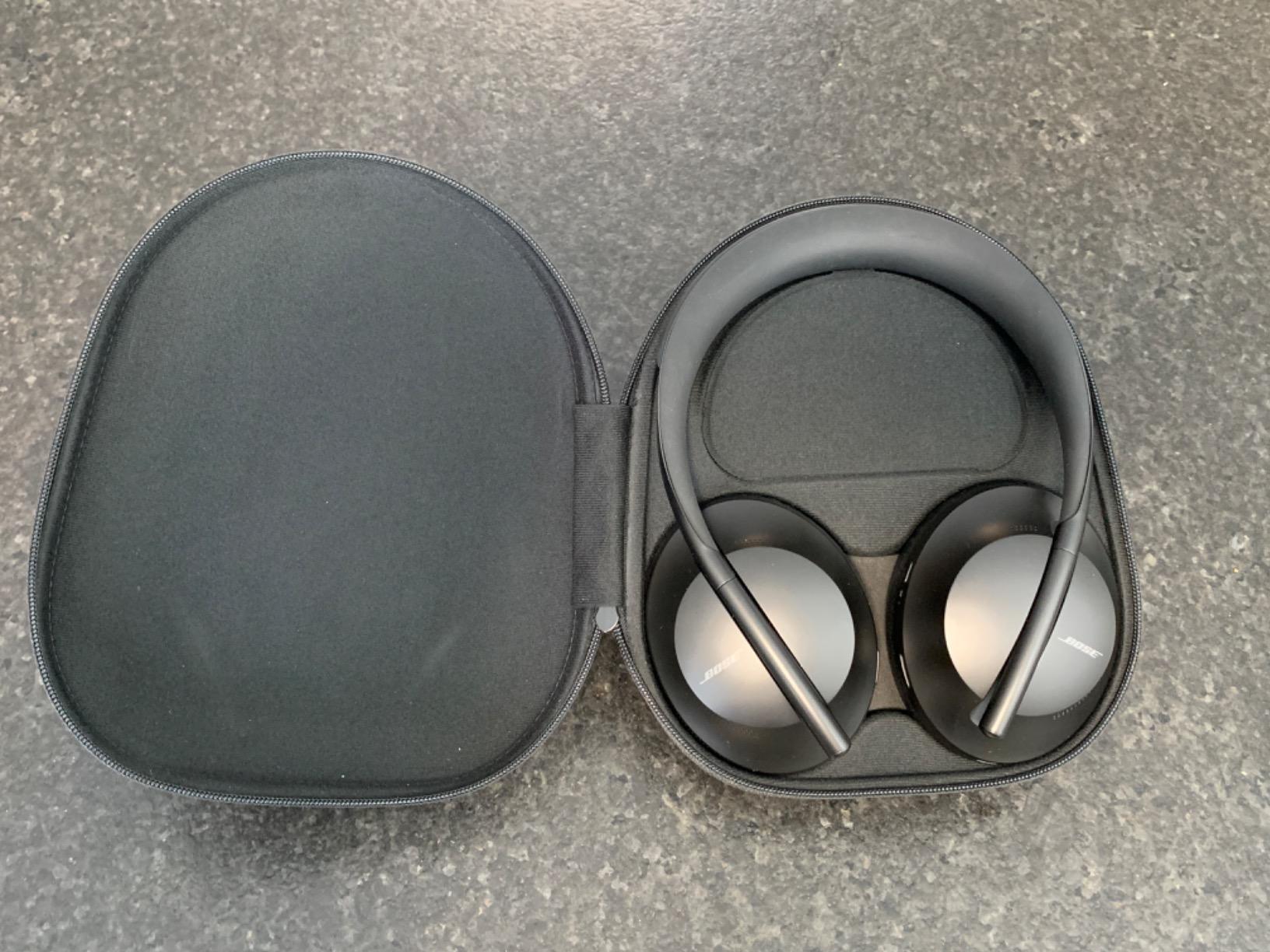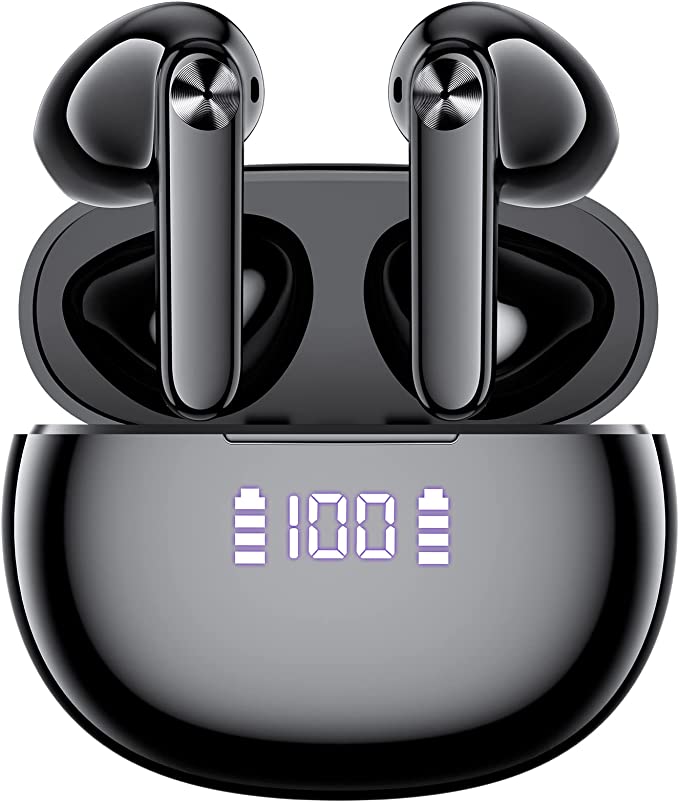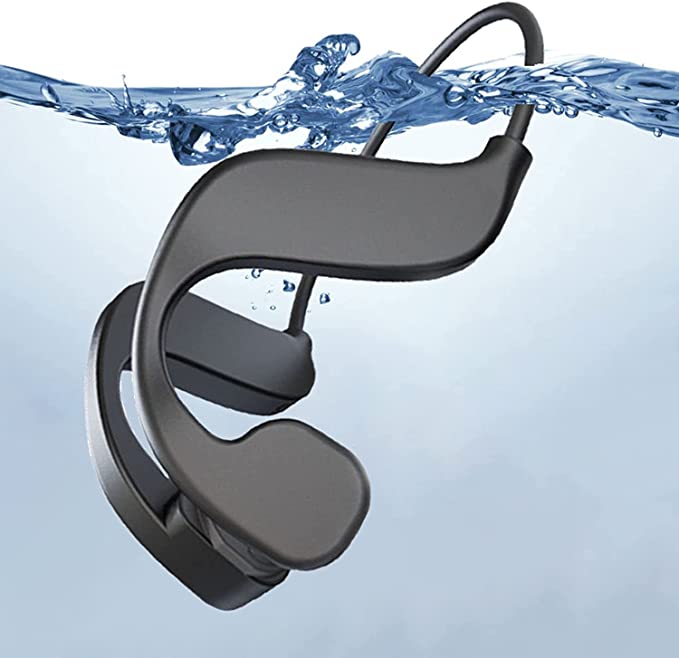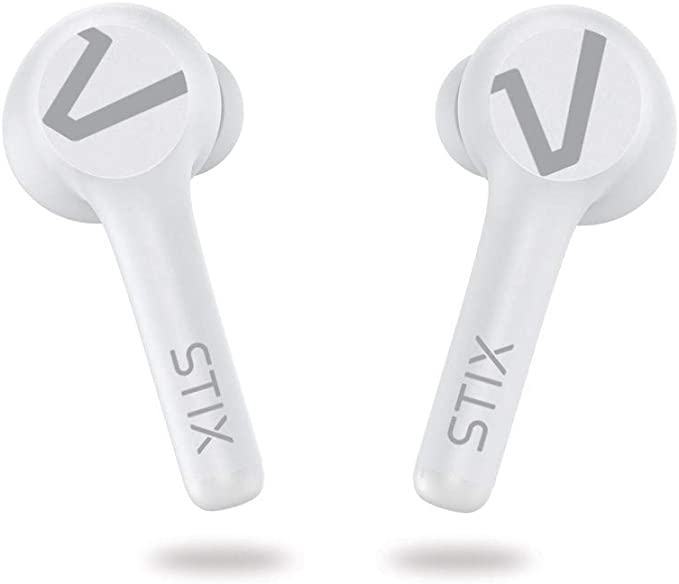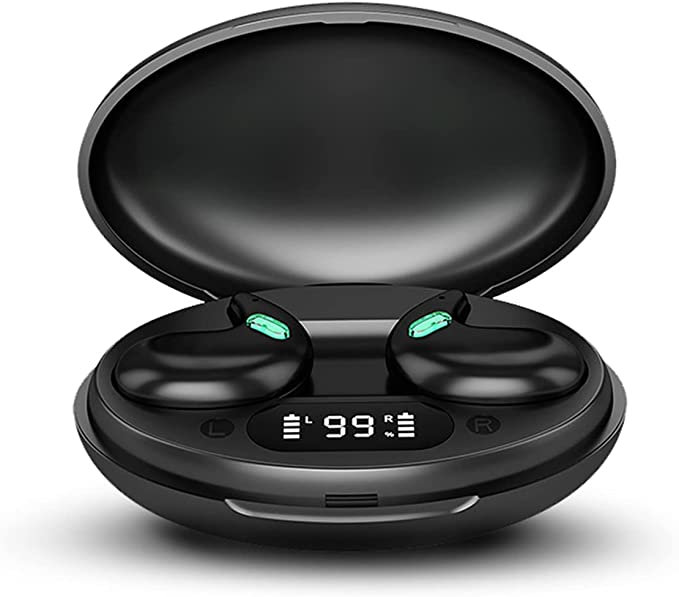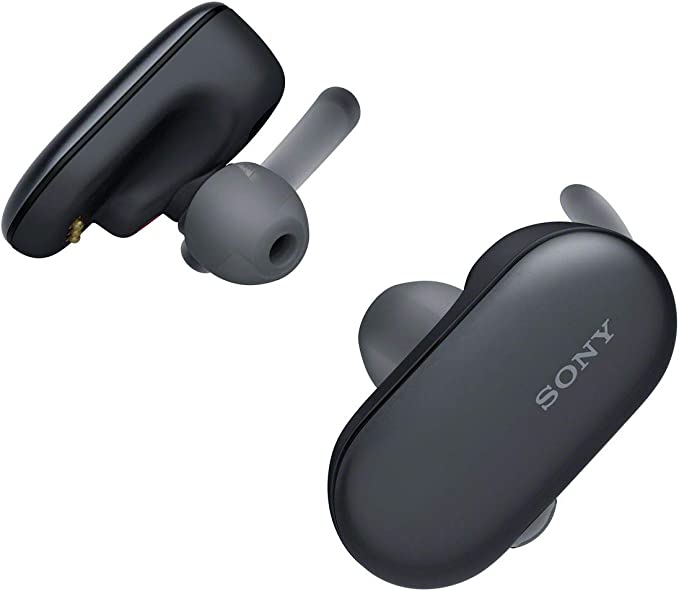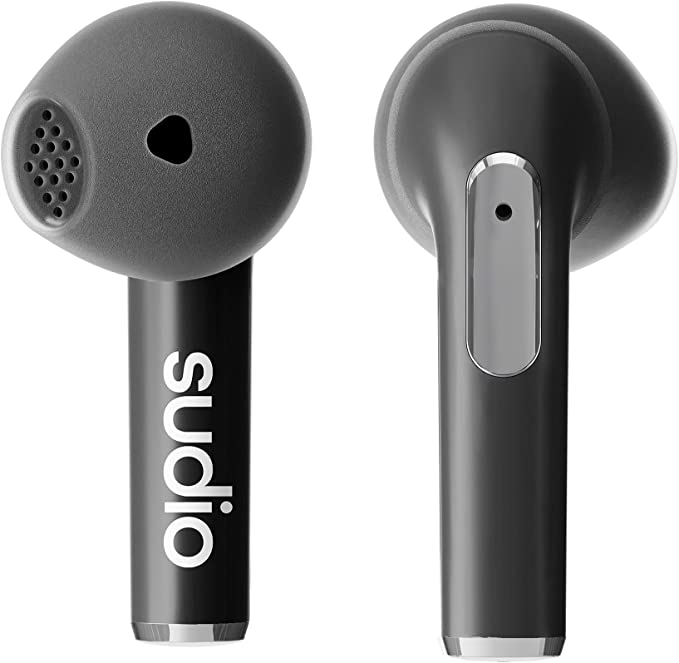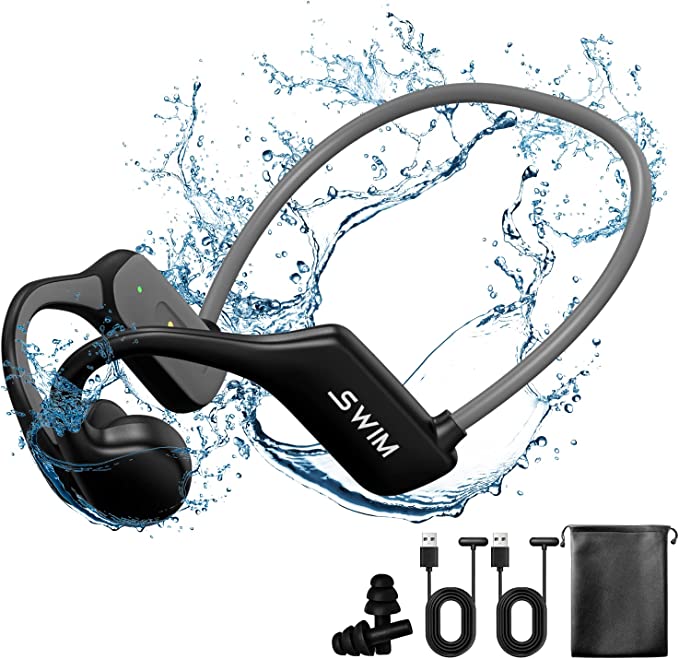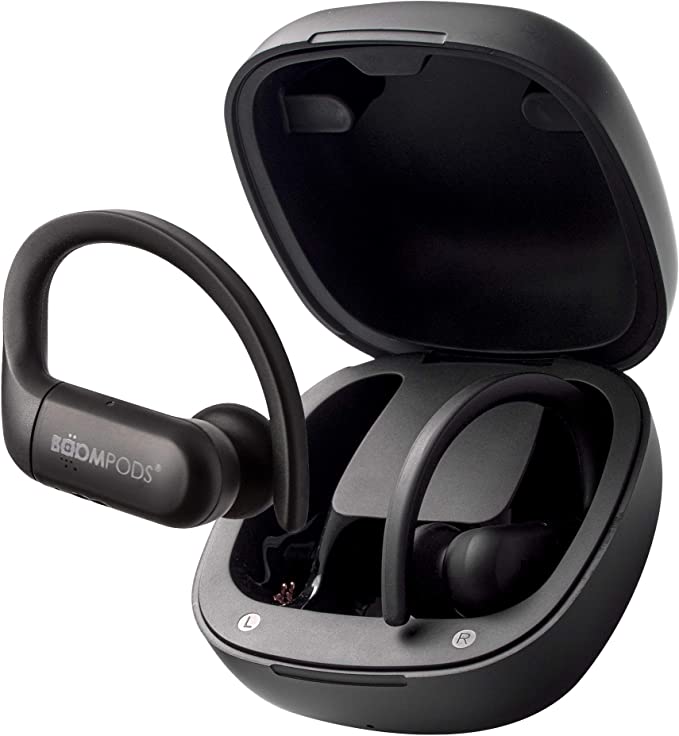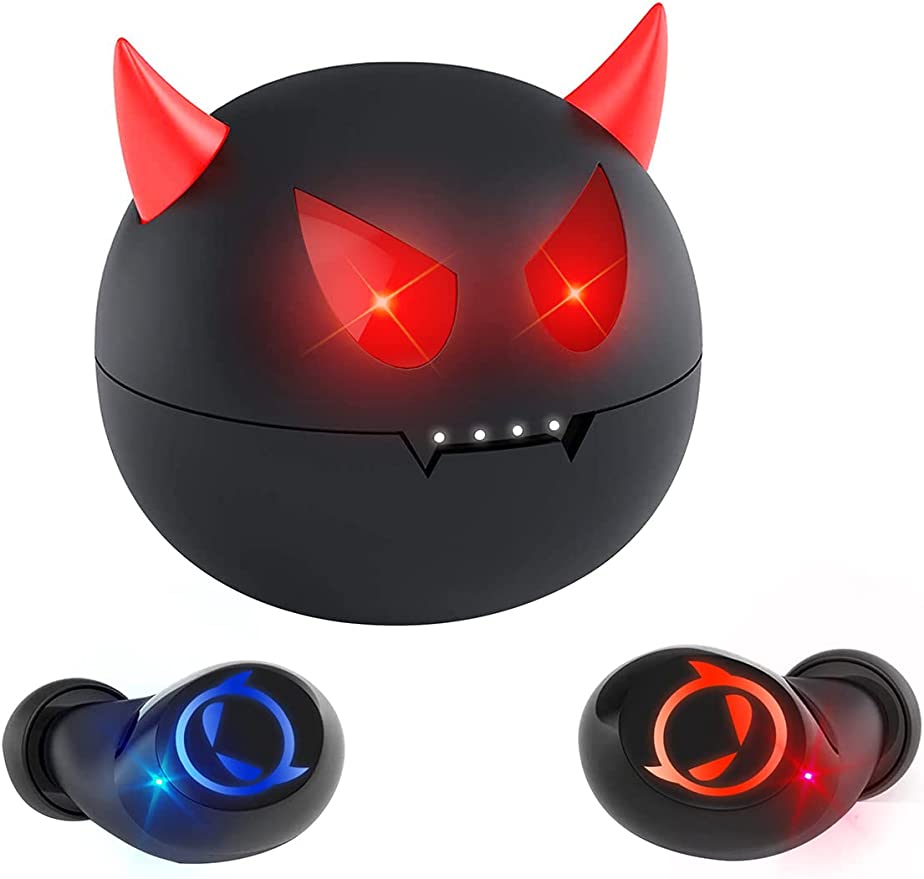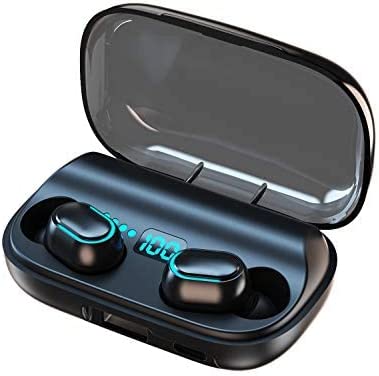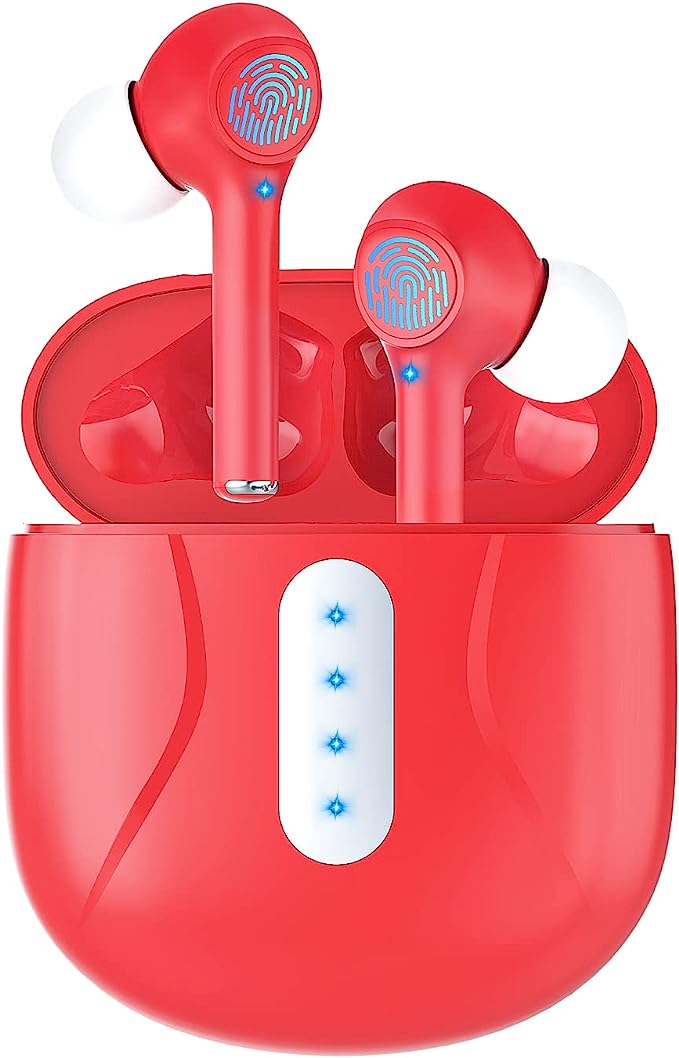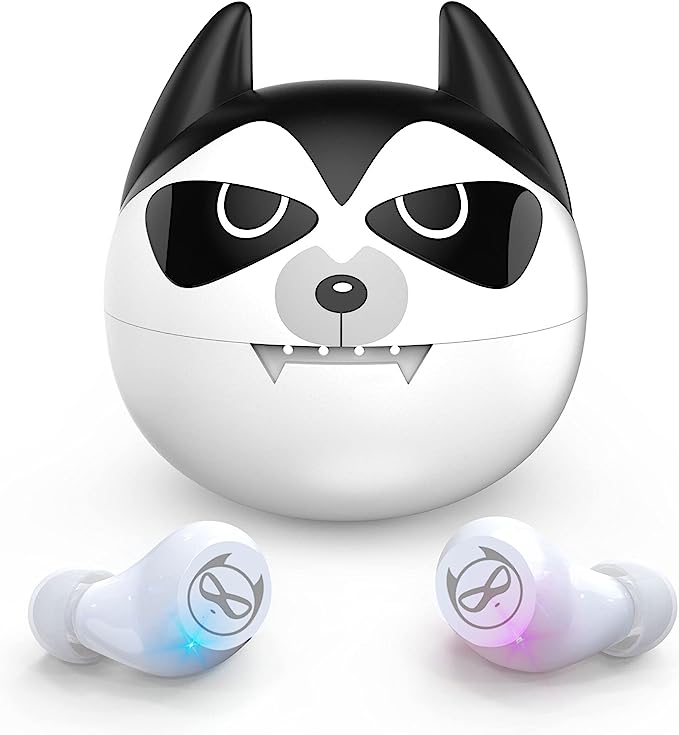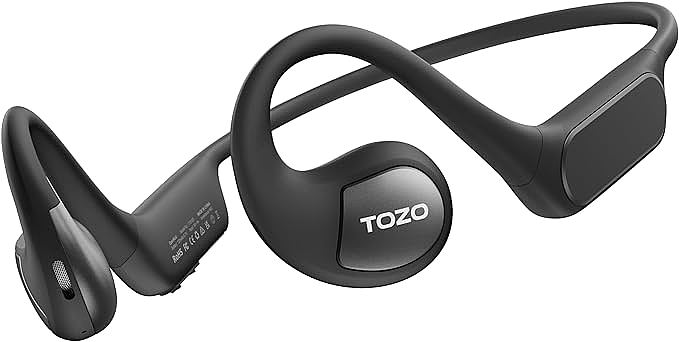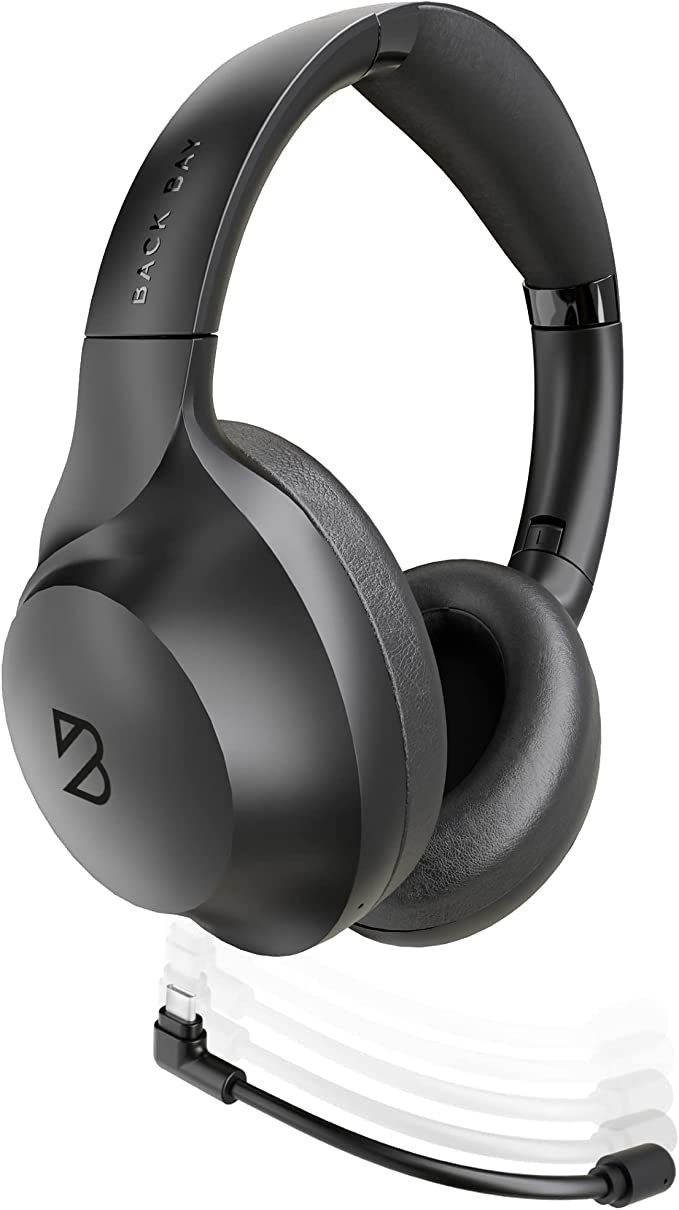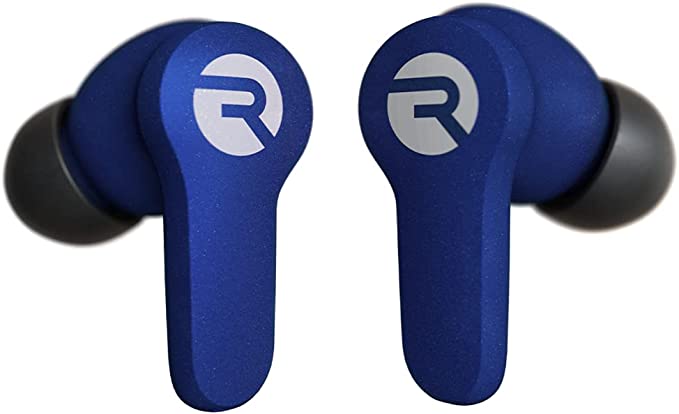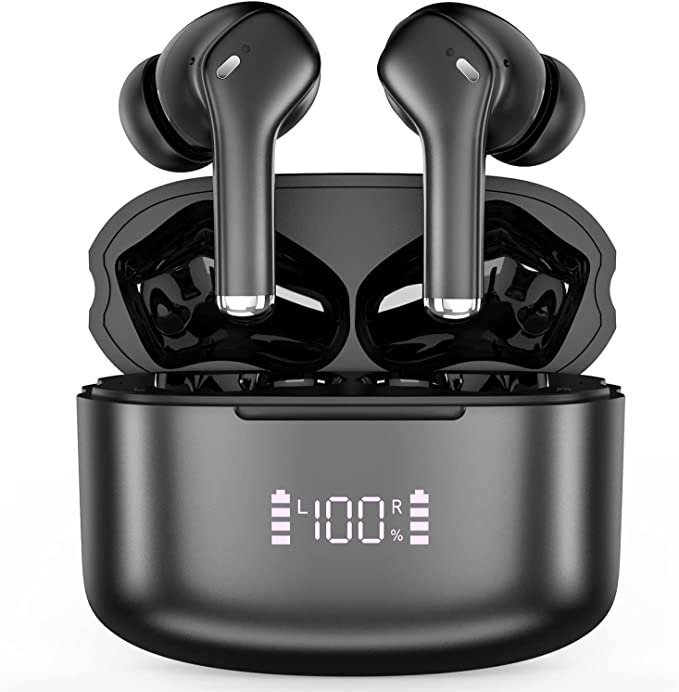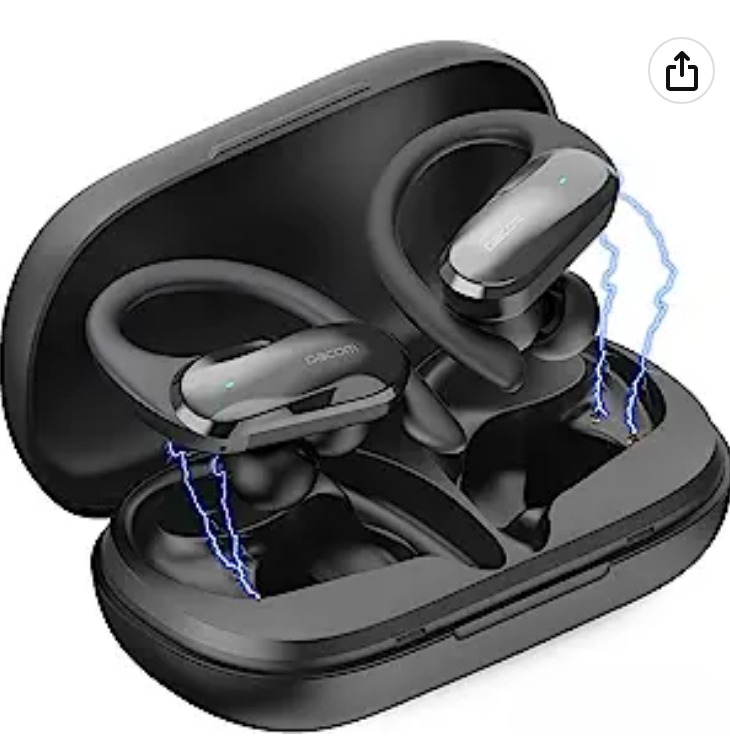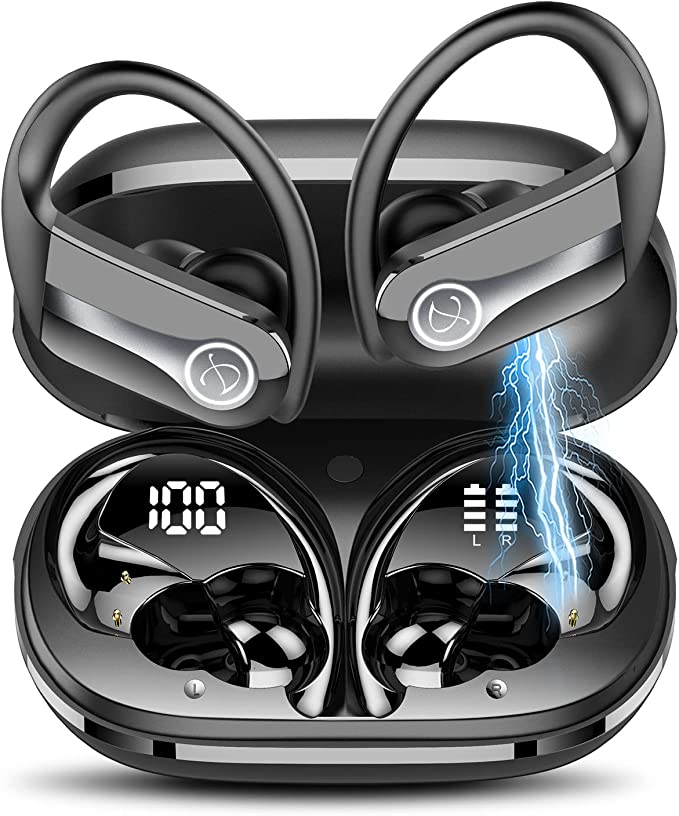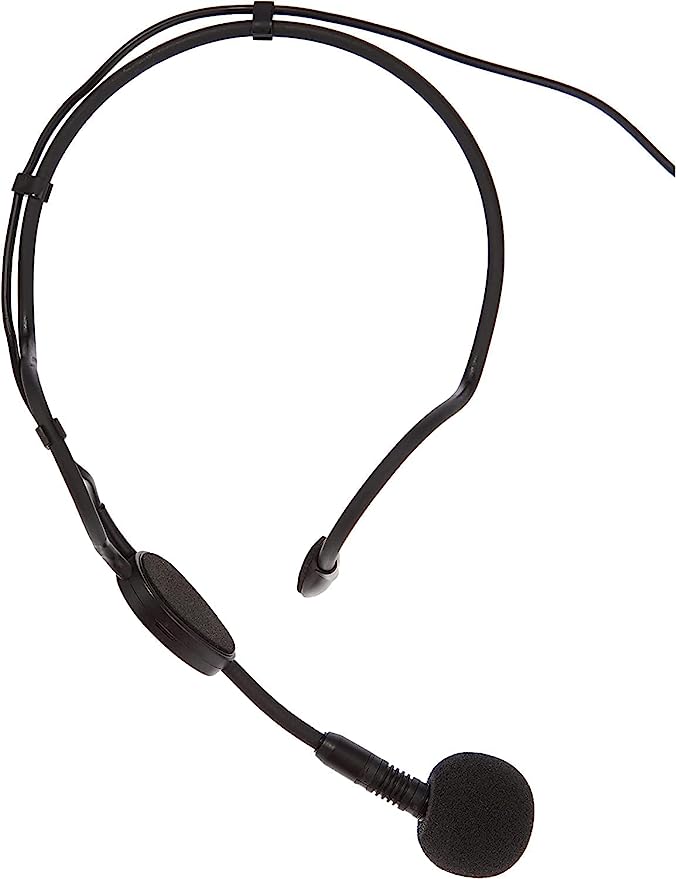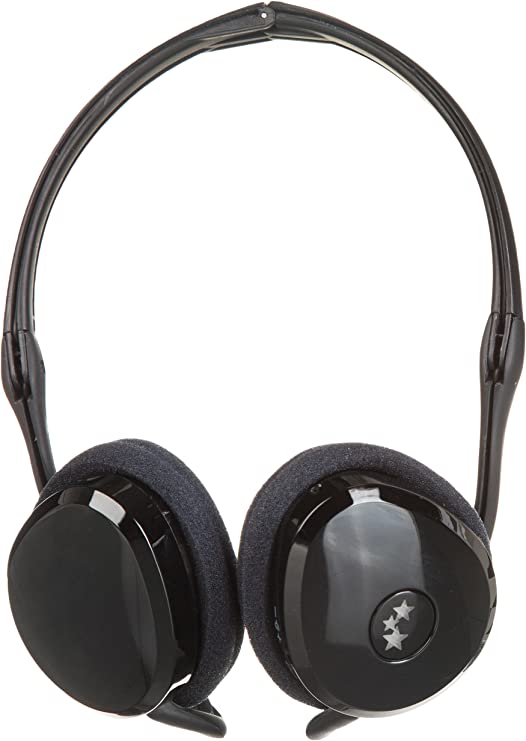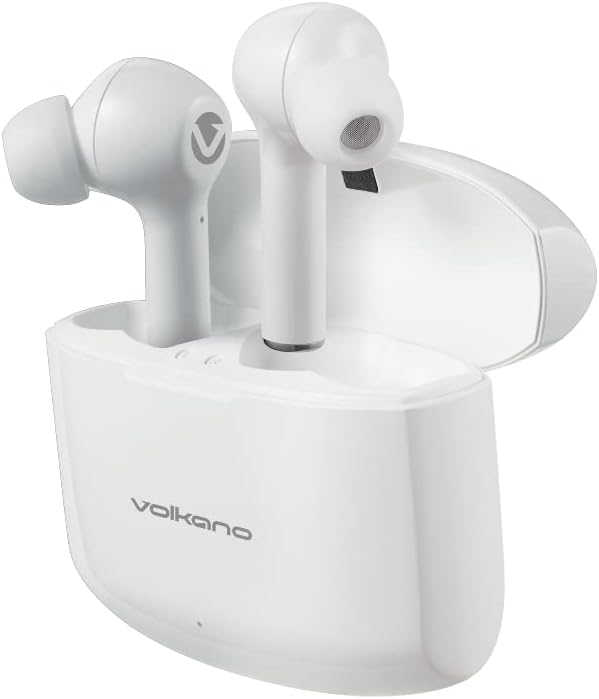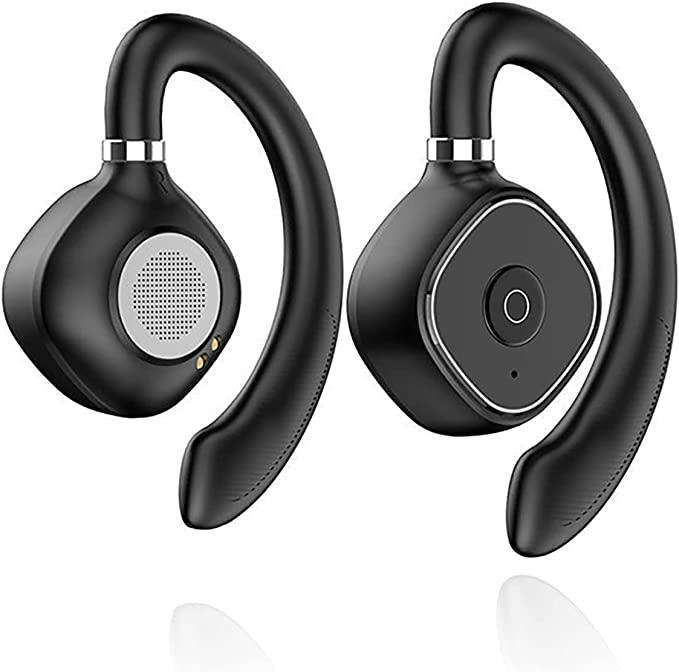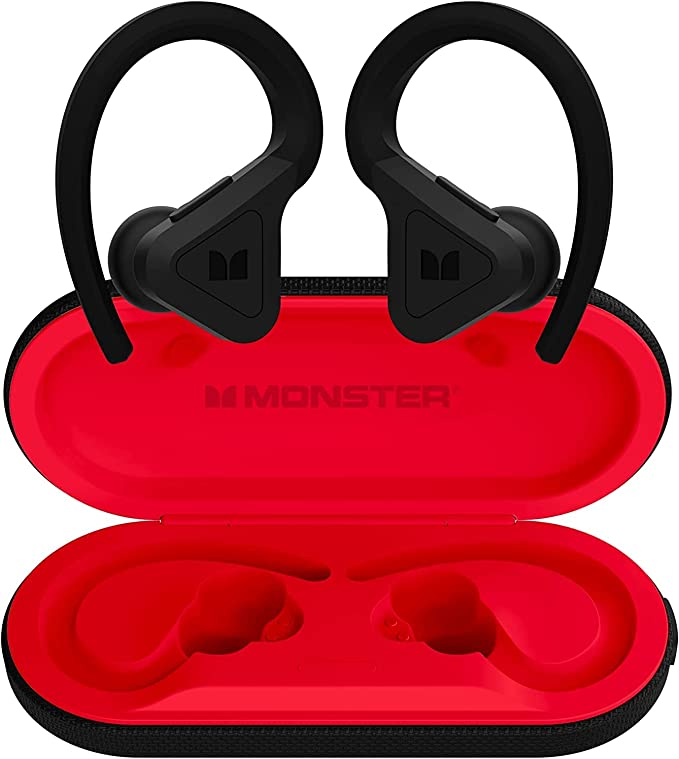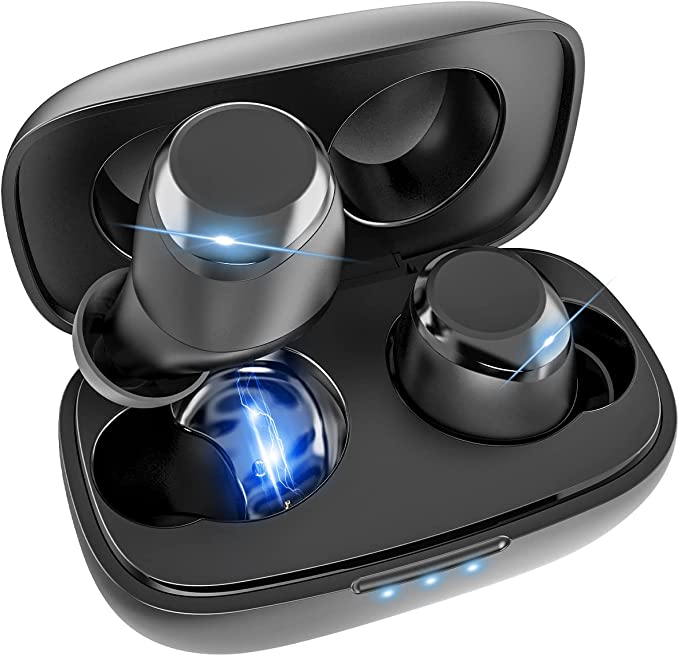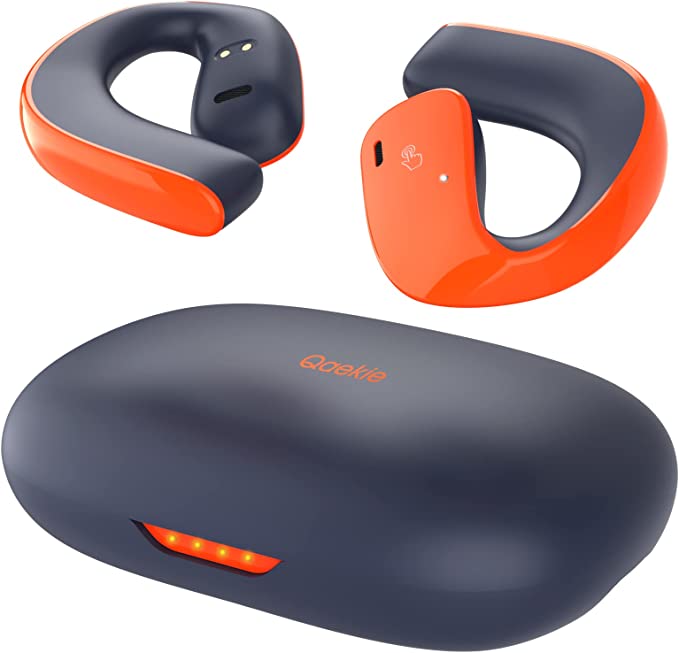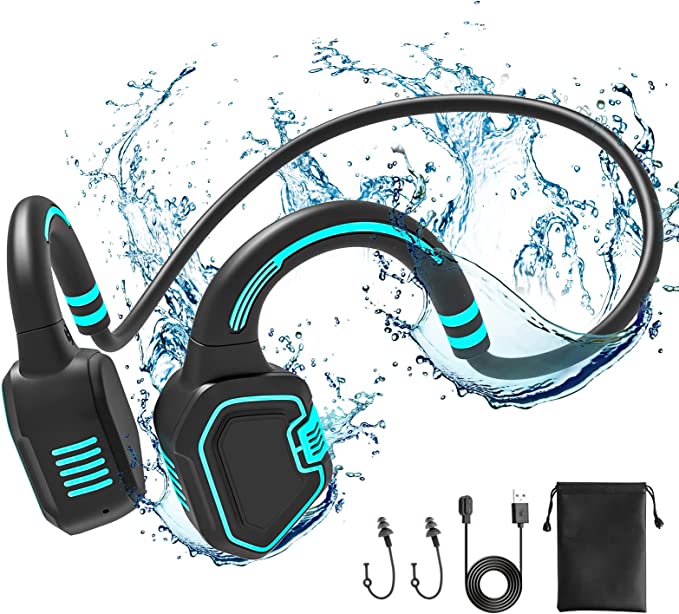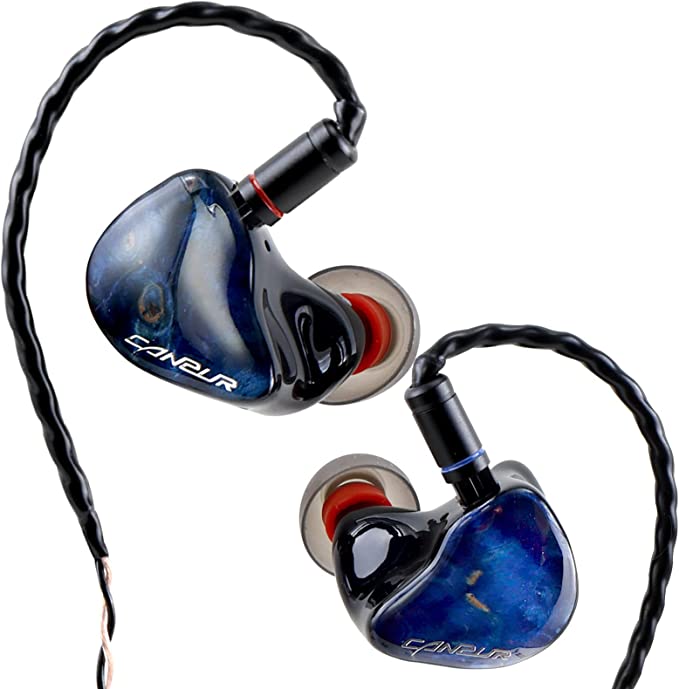PureGear PureBoom Wireless Earbuds: Immersive Sound and Ultimate Convenience
Update on Feb. 14, 2025, 2:30 p.m.
In our increasingly mobile world, wireless earbuds have become essential companions. We rely on them for everything from enjoying music on our commutes to taking calls hands-free while working from home. But with so many options available, it can be challenging to find earbuds that balance sound quality, durability, and convenience. The PureGear PureBoom Wireless Earbuds aim to deliver on all fronts, offering a practical and reliable audio solution for everyday life. Let’s explore the technology that makes these earbuds tick.

A Brief History of Going Wireless
Our journey to untethered audio began long before the advent of Bluetooth. Think back to the early days of radio – the ability to transmit sound through the airwaves was revolutionary! This concept evolved over decades, with advancements in transistor technology, integrated circuits, and eventually, digital signal processing, paving the way for the compact, wireless headphones we enjoy today. The dream of personal, portable audio, once a futuristic fantasy, is now a commonplace reality.
Bluetooth: The Unseen Connection
The key to the PureBoom earbuds, and indeed all wireless headphones, is Bluetooth technology. This short-range wireless communication protocol allows devices to “talk” to each other without the need for physical cables. But how does it work?
Essentially, Bluetooth uses radio waves in the 2.4 GHz frequency band to transmit data. When you pair your earbuds with your phone, they establish a secure, point-to-point connection. This connection allows for the transmission of audio data, which is then converted into sound by the earbud’s drivers. While the provided information doesn’t specify the exact Bluetooth version used by the PureBoom, it’s safe to assume it’s a relatively modern version (like 5.0 or later), offering stable connectivity and efficient power consumption. Different Bluetooth versions offer various improvements in range, data transfer speed, and power efficiency.

The Quiet Zone: How Sound Isolation Works
One of the key features of the PureBoom earbuds is their “sound isolation” capability. It’s important to distinguish this from active noise cancellation (ANC), a more sophisticated technology found in higher-end headphones. Sound isolation is a passive technique – it relies on physically blocking out external noise.
Think of it like this: when you wear earplugs, you’re creating a physical barrier that prevents sound waves from reaching your eardrums. Sound isolation in earbuds works similarly. The snug fit of the ear tips within your ear canal creates a seal, reducing the amount of ambient noise that can enter. The better the seal, the more effective the sound isolation. This is why choosing the right size ear tips is crucial for optimal performance. While not as effective as ANC, which uses electronic circuitry to actively cancel out noise, sound isolation can still significantly improve your listening experience, especially in moderately noisy environments.
Splash-Proof, Not Submersible: Understanding IPX4
The PureBoom earbuds boast an IPX4 rating. This rating system, defined by the International Electrotechnical Commission (IEC), indicates the level of protection a device offers against intrusion by solid objects and liquids. The “IP” stands for “Ingress Protection,” the “X” means there is no specific data for solid particle protection, and the “4” refers to the level of liquid protection.
An IPX4 rating specifically means that the earbuds are protected against splashes of water from any direction. This is achieved through careful design and the use of water-resistant materials, such as the polycarbonate (PC) housing mentioned in the product details. Polycarbonate is a strong, lightweight, and naturally water-resistant plastic commonly used in electronic devices.
It’s crucially important to understand the limitations of IPX4. It means the earbuds can handle sweat, rain, or accidental splashes, but they are not designed for submersion in water. You shouldn’t wear them while swimming or showering.

Powering Your Listening: Battery Life and the Magic of Wireless Charging
Battery life is a major consideration for wireless earbuds. The PureBoom earbuds offer up to 9 hours of listening or talk time on a single charge. This is achieved through the use of a lithium-ion battery, a type of rechargeable battery known for its high energy density – meaning it can store a lot of energy in a relatively small space.
The included charging case provides up to three additional full charges, extending the total potential listening time to 36 hours. But the real magic here is wireless charging. This technology relies on the principle of electromagnetic induction.
Imagine two coils of wire: one in the charging pad and one in the charging case. When you place the case on the pad, an alternating current flowing through the coil in the pad creates a fluctuating magnetic field. This magnetic field induces a current in the coil within the case, which is then used to charge the battery. It’s like transferring energy through the air! The convenience of simply placing the case on a charging pad, without fumbling with cables, is a significant advantage. The case will be fully charged in 1.5 hours.

Control at Your Fingertips: Exploring Capacitive Touch
The PureBoom earbuds feature touch controls, allowing you to manage music playback, adjust volume, and answer calls without having to reach for your phone. This is made possible by capacitive touch sensors.
These sensors work by detecting changes in capacitance, which is the ability of a material to store an electrical charge. Your body has a natural capacitance. When your finger approaches or touches the sensor on the earbud, it changes the capacitance of the circuit. This change is detected by a microcontroller, which then interprets it as a specific command (e.g., play, pause, skip track). Capacitive touch sensors are highly sensitive and responsive, providing a seamless and intuitive control experience.

Built to Endure: Materials and Design Considerations
The choice of polycarbonate (PC) for the housing of the PureBoom earbuds is a deliberate one. Polycarbonate is known for its durability, impact resistance, and lightweight nature. These properties are essential for earbuds, which are often subjected to drops, bumps, and general wear and tear. The material’s inherent water resistance also contributes to the IPX4 rating.
Beyond the material itself, the overall design of the earbuds plays a crucial role in their performance and comfort. The in-ear design, with a selection of ear tip sizes (implied, though not explicitly stated in the provided information), is intended to provide a secure and comfortable fit for a wide range of users. A good fit is not only essential for comfort but also for optimal sound isolation and bass response.

The Everyday Advantage of Wireless Audio
The PureGear PureBoom Wireless Earbuds, while not boasting high-end features like active noise cancellation, offer a solid set of features that cater to the needs of everyday users. They provide a reliable wireless connection, decent sound quality with effective sound isolation, respectable battery life with the convenience of wireless charging, intuitive touch controls, and the peace of mind of IPX4 water resistance. They represent a practical and affordable option for those seeking a hassle-free audio experience for their daily commutes, workouts, and leisure activities. The Lifetime Warranty and 30-day money back guarantee further enhance their appeal.
